Yorkton Psychiatric Centre, 1964
Yorkton
SK
Award Category:
Prix du XXe Siècle
Izumi Arnott and Sugiyama
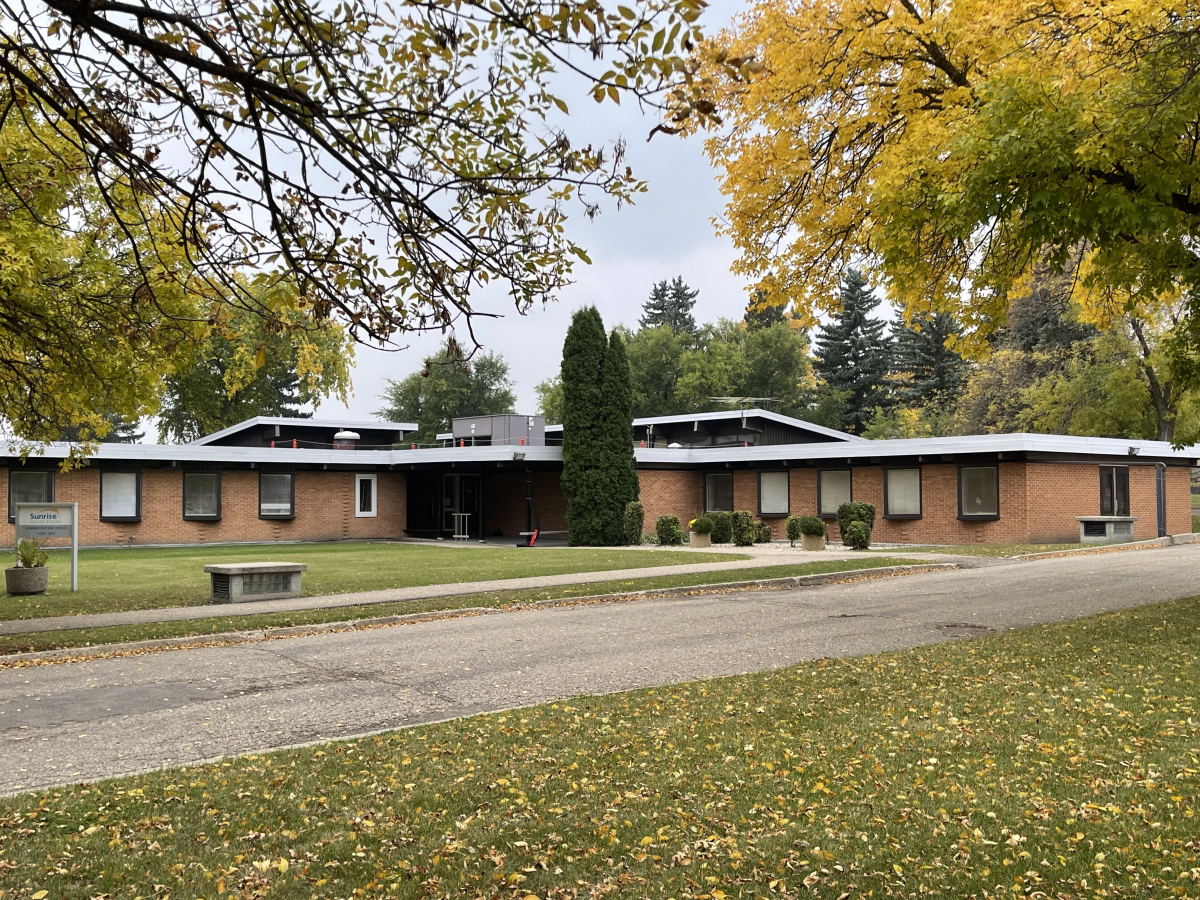
Text by Bernard Flaman, SAA, FRAIC, Prix du XXe siècle expert panel member
Kiyoshi Izumi’s design for the Yorkton Psychiatric Centre draws on his analysis of a predecessor: the Saskatchewan Hospital at Weyburn. When that psychiatric treatment facility opened in 1921, it was the largest building in the British Commonwealth. Izumi made extensive analysis of the Saskatchewan Hospital’s long, crowded, hard-surfaced corridors. The Yorkton Psychiatric Centre, with its smaller treatment areas, short corridors, and communal areas filled with natural light, can be viewed as the anti-Weyburn. It also reflects Izumi’s keen interest in better understanding the perception of psychiatric patients, which prompted him to experiment with LSD under the supervision of psychiatric researchers Humphry Osmond and Abram Hoffer. “The object was to understand some of the experiences and problems of the mentally ill, so these problems could be considered in the building design,” he wrote in his 1970 article “LSD and Architectural Design.”
Yorkton’s sloped ceilings in the communal areas and extensive use of wood ceilings create a warm atmosphere and recognize the need for acoustic control to prevent echoes from disturbing patients. The design elements of the patients’ rooms were developed through models and incorporate many nuanced features. Most obvious is the bay window, which is obliquely angled to avoid reflections at night that could disturb a patient. Traditional closets that might generate fearful thoughts about what they contain were avoided in favour of a storage area at the head of the bed, behind the patient’s pillow. Controllable lighting and a natural wood ceiling contribute to an inviting atmosphere.
Born in Vancouver to Japanese immigrant parents, Izumi is the earliest known Canadian architect of Japanese descent. Although his parents and two siblings were interned following the 1942 introduction of Canada’s War Measures Act, he avoided the BC internment camps and settled in Regina, with the aid of its small Japanese community. Izumi graduated from the School of Architecture at the University of Manitoba in 1948, receiving the Pilkington Travel Scholarship and later an RAIC scholarship for graduate studies at MIT in Boston.
Taking advantage of postwar economic expansion, Izumi bolstered the development of modernist and civic architecture in Saskatchewan. He partnered with his former classmate Gordon Arnott and structural engineer James Sugiyama to open Izumi Arnott and Sugiyama. With Izumi’s design sensitivities, Arnott’s business skills, and Sugiyama’s in-house structural expertise, the team flourished and was responsible for many important civic buildings in Saskatchewan during its 15-year existence (1954-1969).
In Regina, the firm was responsible for a cultural hat trick: the expanded Norman Mackenzie Art Gallery, the Regina Public Library Central Branch, and the Saskatchewan Centre of the Arts (now Conexus Arts Centre.) At the University of Saskatchewan in Saskatoon, the firm created the second master plan that guided the postwar expansion of the campus, including Marquis Hall, the W.P. Thompson Biology Building, and the Western College of Veterinary Medicine.
Izumi Arnott and Sugiyama designed all of the Yorkton Psychiatric Centre’s furniture and employed durable, long-life-cycle materials such as Estevan brick and terrazzo flooring, which became a hallmark of their work of the 1950s and 60s.
Click for full version:
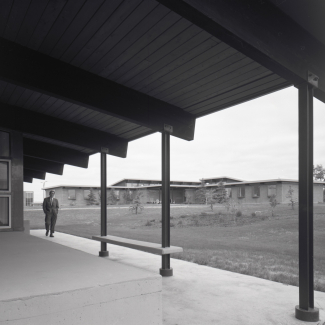
University of Manitoba Archives & Special Collections, Henry Kalen Fonds, PC 219 (A.05-100), BOX 174, FOLDER 900, ITEM 9. PHOTO: HENRY KALEN
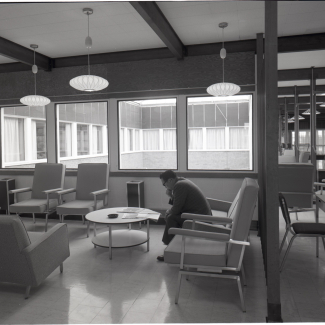
University of Manitoba Archives & Special Collections, Henry Kalen Fonds, PC 219 (A.05-100), BOX 174, FOLDER 900, ITEM 10. PHOTO: HENRY KALEN





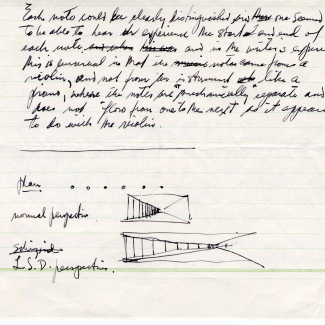

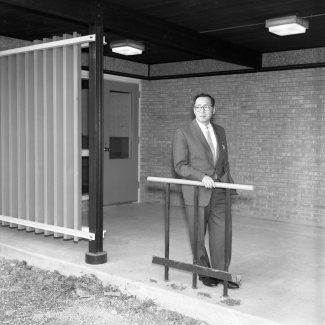
2025 Expert Panel